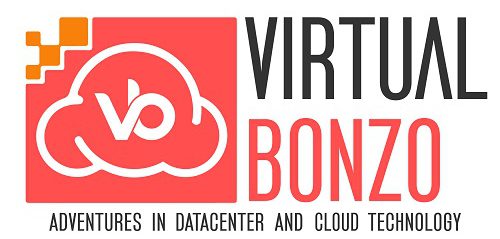Hello all, it’s been a while…..personally I’ve been enjoying some time off so my blogging has suffered. I was pretty excited to see that Adam was selected as a VMware vExpert for 2018 and I believe his selection is well deserved.
To get back into things, we’ll continue looking at N2WS Cloud Protection Manager, more specifically how to setup backup and DR of the CPM data.
To back up the CPM server database, create a new backup policy with the name cpmdata (not case sensitive). This will enable the CPM system to automatically back up the CPM data volume in a consistent manner. Not all options are available with the “cpmdata” policy but you can control scheduling, number of generations and DR settings. When setting these remember that in a time of recovery you will need the most recent copy of this database, since older ones may point to snapshots that no longer exist or may not have newer snapshots that have been created.
- To create a new backup policy, click Policies | New Policy

- On the Policy window, specify the following and click Apply:
- Name cpmdata
- Account Backup
- Auto Target Removal No
- Generations to Save 15 (in this example, save 15 CPM backups)
- Status Enabled
- Schedule OnceDaily
- Description policy description

- With the cpmdata policy created, click DR to send the cpmdata backup data to another region.

- On the DR Options window, select the Target Region and click Apply. In this instance, the default settings for the other options are acceptable.

Failover Cloud Protection Manager
Put simply, the process to failover CPM to the DR site is really not much different than upgrading a CPM instance. At a high-level, the process to upgrade CPM is creating a snapshot of the appliance, terminating the existing instance, install a new instance (in the same AZ), and configure it to use an existing volume based on the snapshot taken at the beginning of the process. It’s certainly possible that in a true catastrophe, we may or may not be able to take a snapshot of the existing appliance, but I’ll include the steps here nonetheless so you can see the entire upgrade process.
Steps #1-5 are mandatory for an upgrade and may or may not be possible in a DR recovery
- On the EC2 / Instances page, notate the Availability Zone of the existing CPM instance.
- Ensure that no backups are currently running and then stop the CPM instance. On the EC2 Dashboard, click Volumes under the Elastic Block Store heading. Select the CPM volume and click Actions | Create Snapshot
- On the Create Snapshot window. enter a snapshot Name and Description and click Create.
- With the snapshot successfully created, highlight the CPM instance and click Actions | Instance State | Terminate
- When prompted to terminal the instance, click Yes, Terminate.
Steps #6-16 would be completed for an upgrade or a DR recovery
- Connect to the AWS Marketplace, deploy a new 2.1.3c CPM instance in the same region as the original instance, and click Continue.
- On the Launch page, click the Manual Launch tab, select the proper CPM version, and the appropriate subnet. In the case of an upgrade, you would deploy the CPM appliance in the same AZ as the original appliance. When performing a DR, you would deploy the CPM appliance into the AZ containing the CPM DR backup data.
- On the EC2 Instances dashboard, select the CPM backup appliance and notate its IP address and Instance ID.
- With the IP address and the Instance ID notated, open a web browser and when prompted, enter the Instance ID and click Next.
- On the License Terms and Agreement page, accept the licensing agreement and click Next.
- On the Step 2 page, for the License type, select This account is already licensed. Enter the user name used during the initial install and click Next.
- On the Step 3 page, select the time zone for the appliance and then for Choose new or existing, select Use Existing Data Volume. Enter AWS Access and Shared keys for an account that has permissions to create EBS volumes. Click Next.

- On the Step 4 page, verify that the appropriate existing CPM data volume is selected and click Next.

- On the Step 5 page, enter the customer contact information (to allow them to open support cases) and click Configure System. It will take approximately 30-60 seconds for the system to initialize.
- When prompted that CPM was configured successfully, click here to open the CPM login page. To login to the CPM console, enter the credentials specified during the upgrade.
- When the Backup Monitor page is displayed, all previous existing backups, policies, and schedules should be seen as shown below. The CPM upgrade/DR is now complete.

I hope you have found these posts on CPM useful and informative. I’ve enjoyed working with CPM and have found it easy to setup yet powerful in its features. With N2WS now being a part of Veeam, I look forward to the integration of Veeam and CPM.
